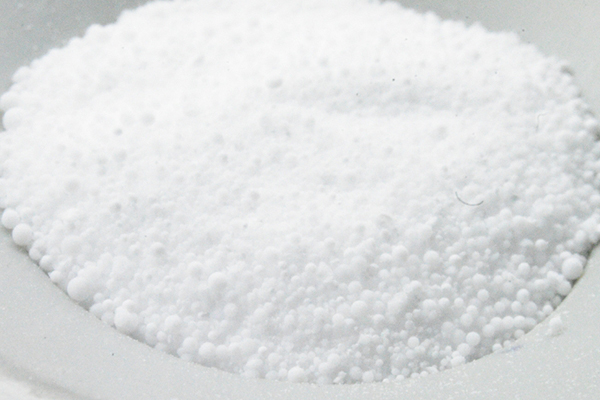Paraformaldehyde is a polymer of formaldehyde and a common chemical used in laboratories and industrial settings. Among the various grades of paraformaldehyde, EM grade stands out for its purity and consistency, especially in applications requiring high-quality reagents. But what exactly is EM grade paraformaldehyde, and how does it differ from other grades? This article explores the definition, applications, and characteristics of EM grade paraformaldehyde.
Understanding Paraformaldehyde
Paraformaldehyde is a white, solid powder or granular substance that forms when formaldehyde gas is polymerized. It is often used as a convenient and more stable alternative to aqueous formaldehyde (formalin) because it can be stored longer and redissolved in water when needed.
Upon heating or dissolving in water, paraformaldehyde depolymerizes into formaldehyde, making it useful in various chemical, medical, and industrial processes. The purity and intended use of paraformaldehyde determine its grade.

What Does “EM Grade” Mean?
“EM grade” stands for Electron Microscopy grade. This term is used to describe paraformaldehyde that has been highly purified and specially prepared for use in electron microscopy and other advanced biological imaging techniques. This grade ensures minimal contamination and provides consistent results during tissue fixation and sample preparation.
EM grade paraformaldehyde typically has:
-
Purity of 95–99%
-
Low levels of heavy metal and organic impurities
-
Careful packaging to prevent contamination
-
Pre-tested performance for biological use
Because even small impurities can distort results in high-resolution microscopy, EM grade reagents must meet rigorous quality standards.
Applications of EM Grade Paraformaldehyde
1. Tissue Fixation in Microscopy
One of the primary uses of EM grade paraformaldehyde is in tissue fixation for electron microscopy and immunohistochemistry. It helps preserve the fine structure of cells and tissues by crosslinking proteins and stabilizing biological material. This fixation process is essential before slicing tissue into ultra-thin sections for imaging.
2. Cell Biology and Molecular Biology
Researchers use EM grade paraformaldehyde in cell culture and molecular biology experiments to fix cells while maintaining cellular structures and epitopes for antibody binding. It’s commonly used in:
-
Fluorescence microscopy
-
Flow cytometry
-
Immunocytochemistry
3. Research and Diagnostics
In both academic and medical laboratories, EM grade paraformaldehyde is chosen for its reliability in sensitive diagnostic and research settings, particularly when sample integrity is crucial.
How It Differs from Other Grades
Paraformaldehyde is available in several grades, including:
-
Technical grade: For industrial use; may contain impurities.
-
Laboratory or reagent grade: Higher purity but not necessarily suitable for microscopy.
-
EM grade: Highest quality, tested for biological and imaging applications.
The key difference lies in purity, testing standards, and intended use. EM grade is the most refined and is not typically used in industrial applications where such high purity is unnecessary.
Handling and Storage
Like all chemicals, EM grade paraformaldehyde must be handled with care:
-
Store in a cool, dry place, sealed tightly.
-
Use in a fume hood, as it releases formaldehyde vapors, which are toxic and potentially carcinogenic.
-
Wear protective gloves, goggles, and lab coats during preparation and handling.
When making formaldehyde solutions from paraformaldehyde powder, proper pH adjustment and heating are essential to fully dissolve the polymer and create a clear, usable fixative solution.
Conclusion
EM grade paraformaldehyde is a high-purity, specialized chemical used primarily in biological research and imaging applications. Its consistent performance and minimal impurities make it ideal for electron microscopy, cell fixation, and sensitive diagnostic procedures. While more expensive than technical or reagent grades, its reliability in preserving the ultrastructure of biological specimens makes it an essential tool in advanced scientific laboratories. When precision and quality are critical, EM grade paraformaldehyde is the preferred choice.





